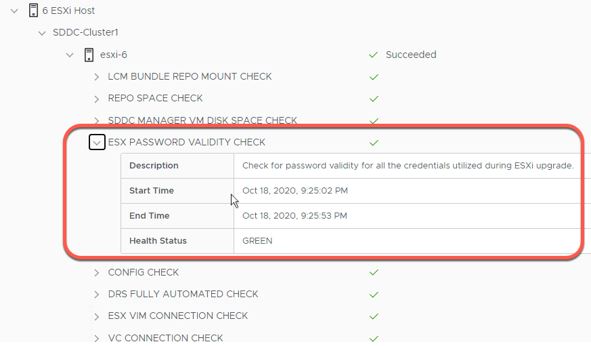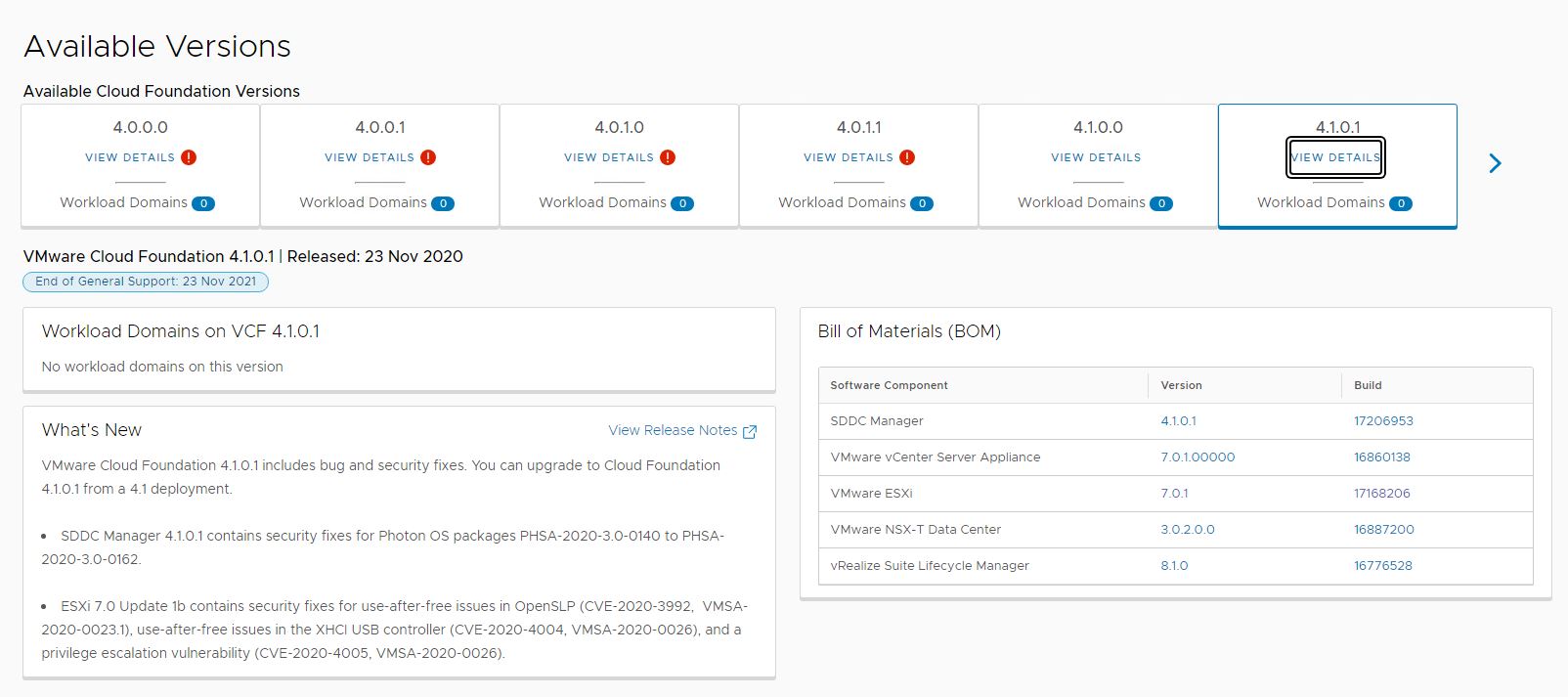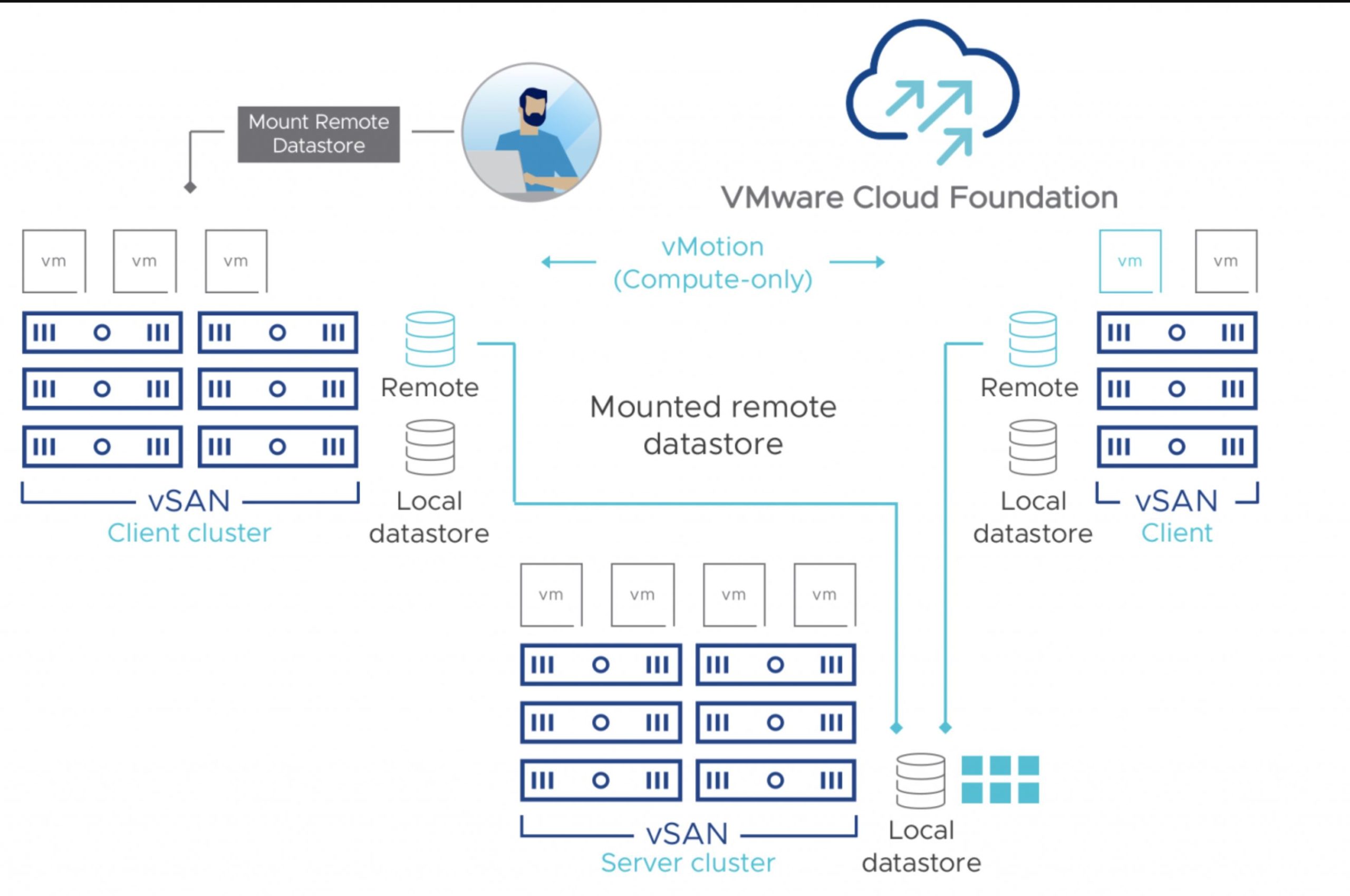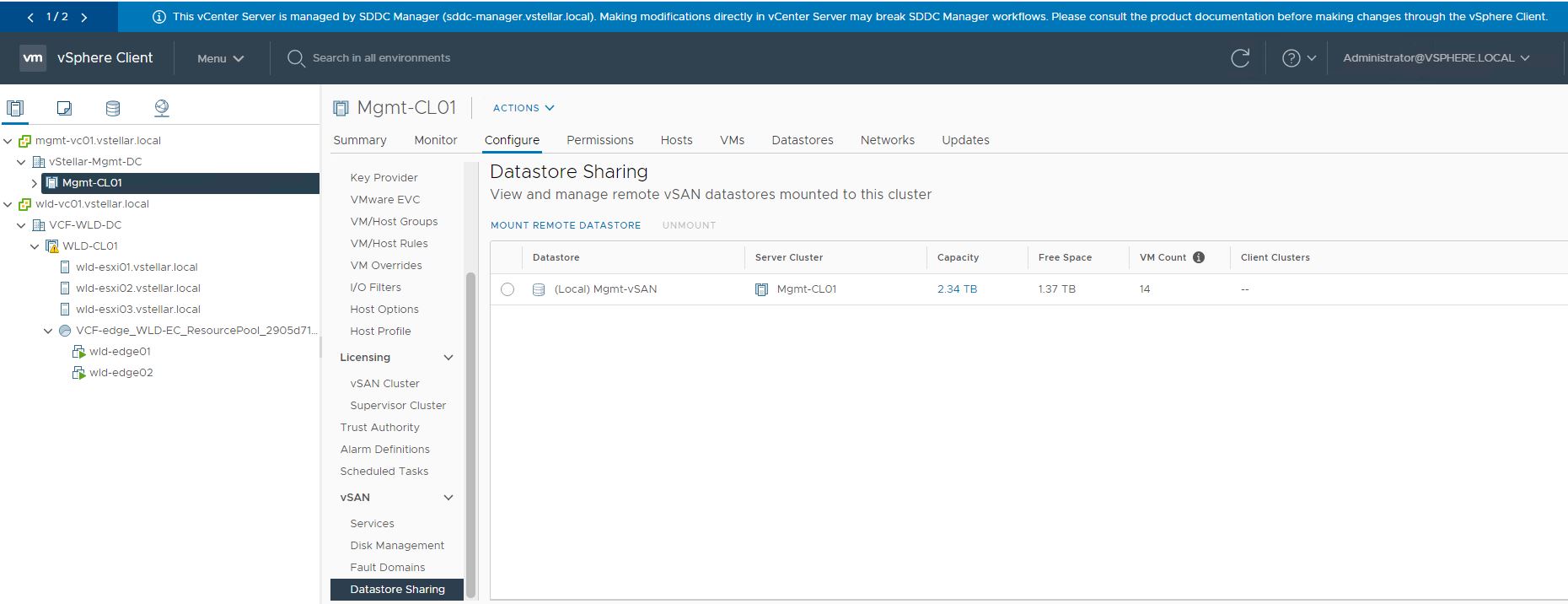VMware Cloud Foundation 4.2 will be out soon and like every other release, 4.2 is coming up with exciting new features. In this post, I will be explaining a few of those. So let’s get started.
1: Static IP Pool for NSX-T TEPs: This one is probably one of the most awaited features of VMware Cloud Foundation. VCF 4.2 allows you to leverage static IP pools for NSX-T Host Overlay (TEP) networks as an alternative to DHCP. Now you no longer need to maintain additional infrastructure items (DHCP Server). Both management domain and VI workload domains can now make use of static IPs.
In the VCF configuration workbook, you will now see an additional section where you can specify the IP range for Host TEP.
2: Release Versions UI: A new tab (Available Versions) has been added in the SDDC Manager UI which shows the information on the Bill Of Materials, new features, and end of general support dates for each available VCF release. This page will be pretty helpful when planning for a VCF upgrade.
3: Support for vSAN HCI Mesh: Support for vSAN HCI Mesh: VSAN HCI Mesh capability allows customers to utilize storage from remote vSAN clusters in a local vSAN cluster, thereby allowing customers to utilize stranded vSAN capacity. This feature can now be enabled on SDDC deployed via VCF.
Note: This feature is named Datastore Sharing in vSphere Client UI.
4: Support for lockdown mode on ESXi hosts: You can enable lockdown mode on ESXi hosts assigned to workload domains through the vCenter Server.
5: NSX-T Federation Support: NSX-T Federation can be leveraged to federate and manage multiple NSX-T workload domains with a single pane of glass view using Global Manager. This helps in configuring consistent security policies across multiple locations and stretched networking objects.
Note: Information about setting up the Federation for Management & VI Workload Domains will be published soon in VMware Validated Design 6.2.
6: Service VM support for vSphere Lifecycle Manager Images: VCF 4.2 added support for Service VMs (SVMs) on workload domains using vLCM images. This capability enables you to deploy NSX-T Guest Introspection (GI) and NSX-T Service Insertion (SI) on workload domains using vLCM images.
7: Improvements to upgrade resiliency: VCF 4.2 includes pre-checks for password validation, API performance optimization, etc.

When performing an upgrade, VCF needs to communicate to various components to complete various actions. To do this, the SDDC Manager needs to have valid credentials. Problems can arise, however, if the passwords have expired or have been changed outside of VCF. This would cause the patching operation to fail.
To avoid any potential issues, VCF now checks to ensure that the credentials needed are valid prior to commencing the patching operation. These checks will occur both during the execution of the pre-check validation as well as during an upgrade of a resource, such as ESXi, NSX-T, vCenter, etc.
I hope you enjoyed reading this post. Feel free to share this on social media if it is worth sharing 🙂




